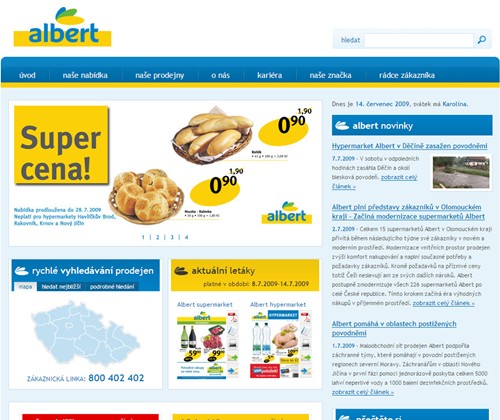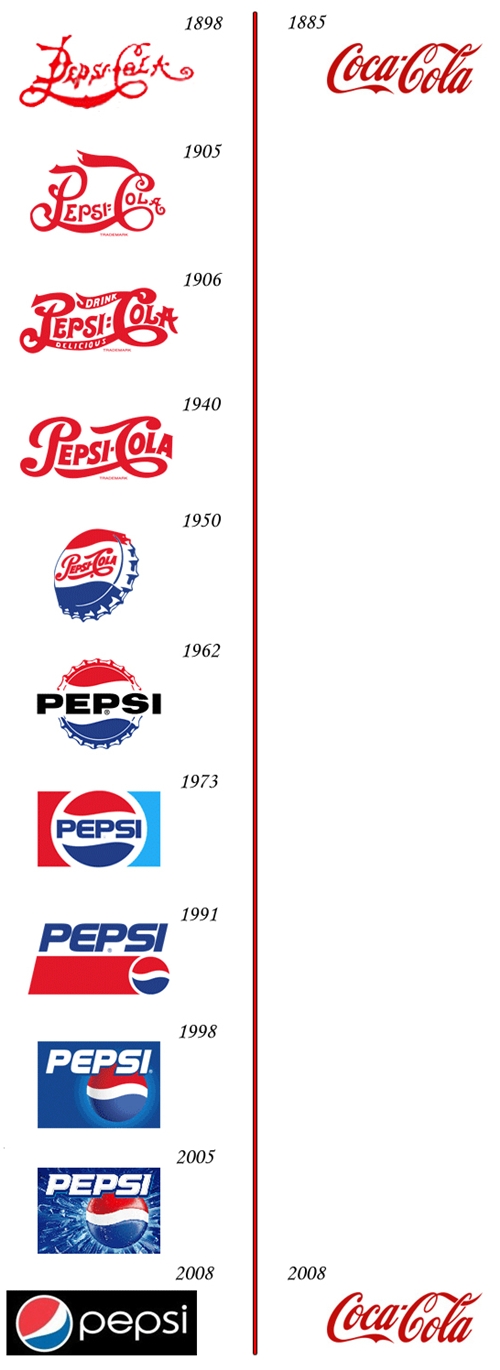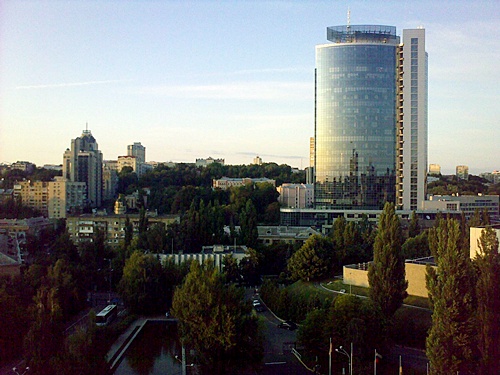The Best A Woman Can Get
Yes, when you hear this posting title on TV, you might automatically link this to a known brand. But wait, is not this supposed to be addressed to men ??? Surely it is. This is the famous Gillette business line for its men shaving blades line but what about women chunk of this line?

Gillette has been in the women shaving blades business long time ago, since they launched the first Sensor for Women which is still produced until today but moved into the Venus line with a wider range and a new business line which until today it did not make the same effect of the men’s one.
I have seen and heard the women ads rarely on our national TV channels and i have seen many promotion in supermarkets but never managed to have it by heart, keeping in mind that usually men are attracted more to women ads, would it be on TV or printed, because of the beautiful women appearing in those ads.
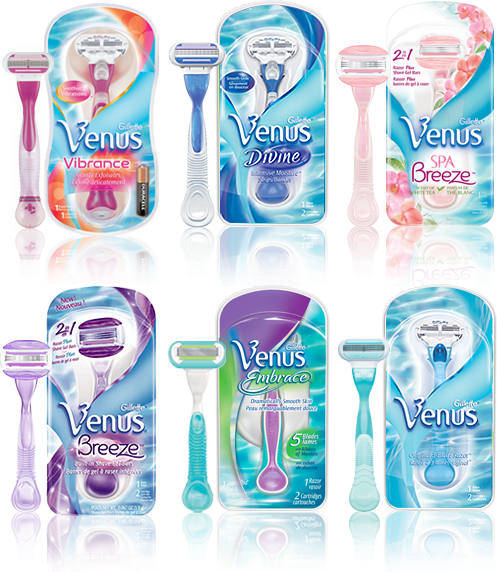
What’s Gillette position about their priority between the men and women line?
Definitely the men line is the on the top of their list and is bringing more profit to the company but i am sure if they spent or will spend more on the women line, it will generate even more as women are very keen about their daily appearance and well-being. For women, spending money is much easier than men, not because men don’t like to spend it, but because when it comes to the external or body look between men versus women, the difference is so big.
Surely Gillette people have their plans and strategies for the women line, but as a small example, summer is almost over and have not seen any TV ads or billboard campaign for Gillette Venus in Lebanon and can not remember seeing any during my business trip elsewhere.
Gillette Venus line is as large as the men line, going from the system blades to the disposable ones with an accompanying line of gels.

Gillette Corporation was acquired by Procter & Gamble in 2005, making this the largest acquisition in its history for the price of $57 billion.
Key Dates:
1901: American Safety Razor is founded by King C. Gillette.
1904: King Gillette’s safety razor is patented.
1918: Gillette manufacturers razors and blades for soldiers during World War I.
1942: The Cavalcade of Sports program is formed to oversee the company’s various advertising and promotional activities in athletics.
1967: Braun AG is acquired.
1971: Company is organized into four domestic divisions: the Safety Razor Division; the Toiletries Division (featuring Right Guard antiperspirant); the Personal Care Division; and the Paper Mate division.
1991: Gillette ranks 20th among the Fortune 500.
1996: The company acquires battery manufacturer Duracell.
2005: The company was acquired by Procter & Gamble
Book To Read
Cutting Edge: Gillette’s Journey to Global Leadership
Ever since a forward-thinking bottle-cap salesman named King Camp Gillette first grew tired of shaving with a dull razor more than 100 years ago, the company he then founded has prospered impressively–despite ongoing threats of hostile takeovers and downsizing–by continuing to explore new geographic markets and introduce fresh consumer products. Cutting Edge: Gillette’s Journey to Global Leadership, by long-time business journalist Gordon McKibben, is a scrupulous, behind-the-scenes examination of the firm’s history with an emphasis on the modern period that began around 1975 and solidified Gillette’s deserved reputation as a worldwide powerhouse.
Procter & Gamble (PG) Stock Chart



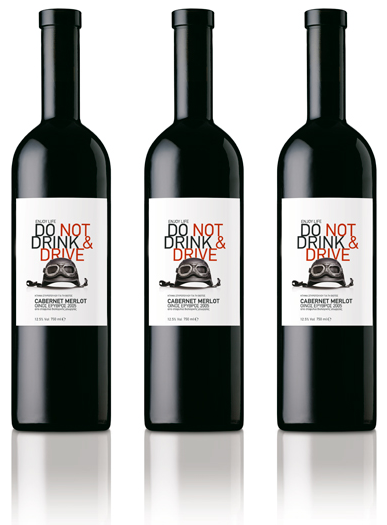

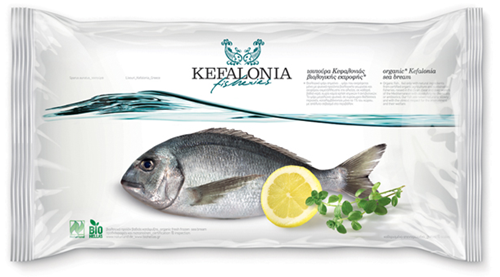
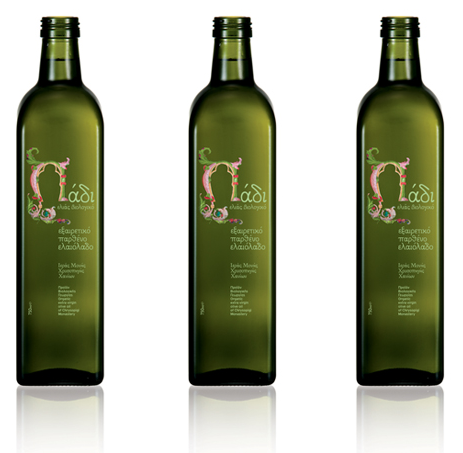


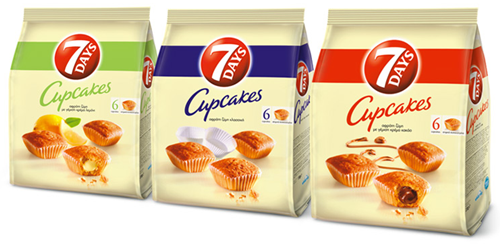
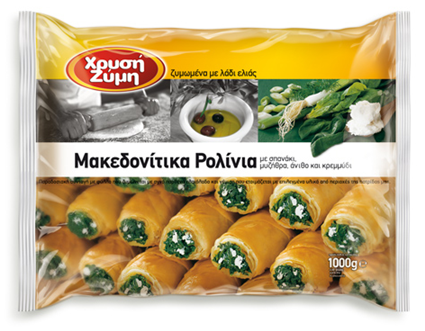

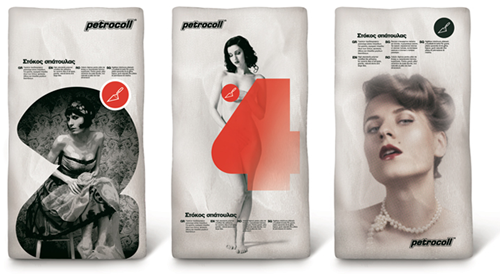
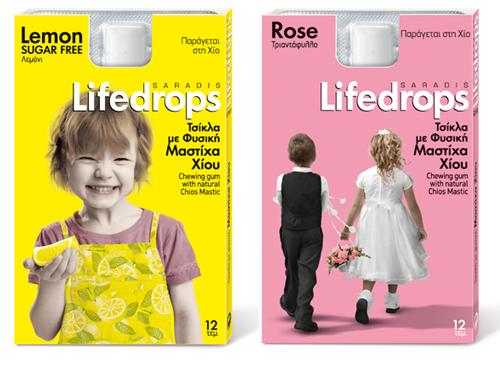
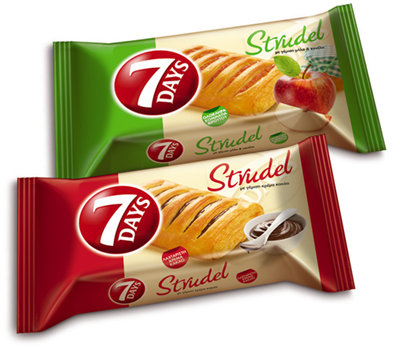
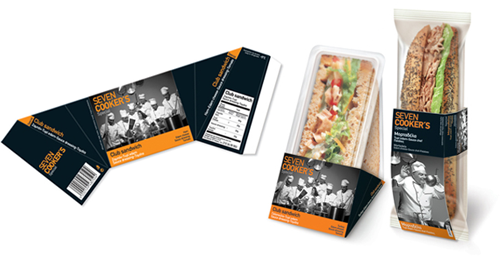

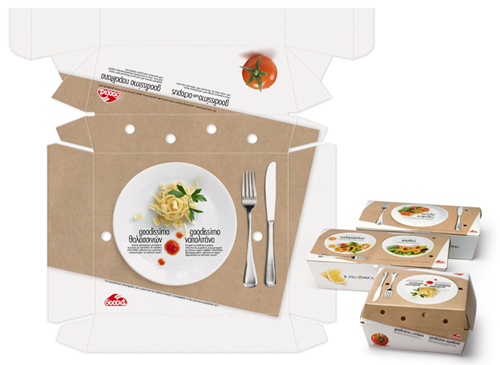
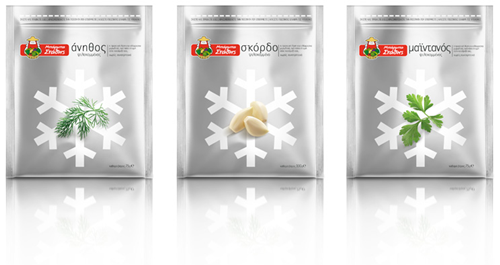

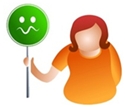 Are brands afraid of
Are brands afraid of  Then come the CEOs, the main players who should believe in social media. CEO’s rely on data and input to make good decisions. The problem is that most of their data and input is filtered through other people whom at times want to please the CEO so as to be in good standing. Thus filtered information can lead any CEO to make wrong conclusions which in turn impact business performance over time.
Then come the CEOs, the main players who should believe in social media. CEO’s rely on data and input to make good decisions. The problem is that most of their data and input is filtered through other people whom at times want to please the CEO so as to be in good standing. Thus filtered information can lead any CEO to make wrong conclusions which in turn impact business performance over time.

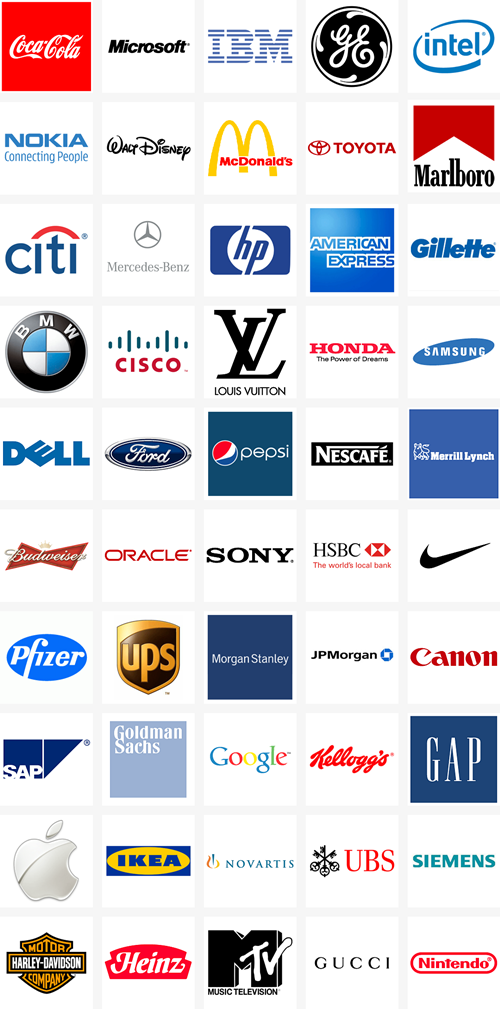
 The Albert brand was founded in Central Europe in 1991. Today Ahold operates 280 stores in the Czech Republic and 25 stores in Slovakia, where it is among the best-known brands in food retail.
The Albert brand was founded in Central Europe in 1991. Today Ahold operates 280 stores in the Czech Republic and 25 stores in Slovakia, where it is among the best-known brands in food retail.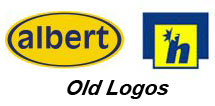 Albert will continue to reposition, rebrand and remodel its stores in 2009 to further improve its offering to customers and to improve its sustainable long-term profitability.
Albert will continue to reposition, rebrand and remodel its stores in 2009 to further improve its offering to customers and to improve its sustainable long-term profitability.